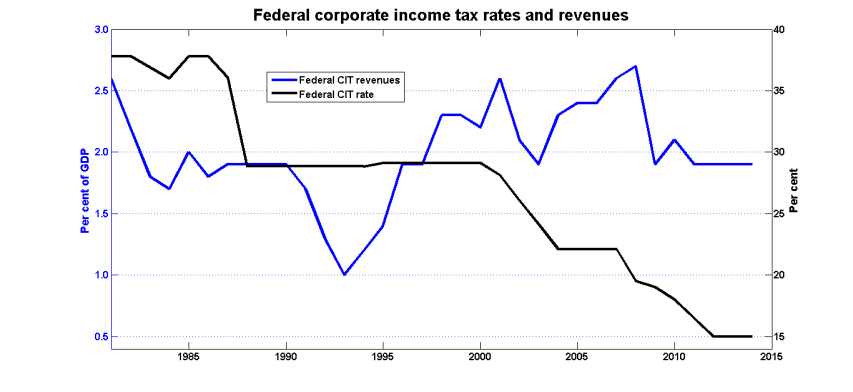W. Joseph Campbell describes the media’s role in contributing to — and sometimes inventing — the persistent myths of what happened in New Orleans during and after Hurricane Katrina made land-fall:
I call it the “myth of superlative reporting,” the notion that in the aftermath of Hurricane Katrina’s onslaught 10 years ago, journalists bravely held powerful officials accountable for their inept responses to a storm blamed for the deaths of 1,800 people.
Dan Rather, the former CBS News anchorman, gave voice to the “myth of superlative reporting,” describing Katrina coverage as “one of the quintessential great moments in television news,” ranking “right there with the Nixon/Kennedy debates, the Kennedy assassination, Watergate coverage, you name it.”
A quintessential great moment is was not.
The reporting of Katrina, as I wrote in my 2010 media-mythbusting book, Getting It Wrong, “was in important respects flawed and exaggerated. On crucial details, journalists erred badly, and got it wrong” in describing horrors the storm supposedly unleashed across New Orleans after making landfall east of the city on August 29, 2005.
Journalists reported snipers firing at medical personnel, I noted. They reported shots were fired at helicopters, halting evacuations from the Convention Center in New Orleans. They told of bodies being stacked like cordwood inside the Convention Center.
News reports also spoke of roving gangs that terrorized occupants of the Louisiana Superdome, where many people had taken shelter. The reports said children were victims of sexual assault, that one seven-year-old was raped and her throat was slit. They reported that sharks were plying the flooded streets of New Orleans.
None of those reports, as it turned out, was verified or substantiated.
“If anyone rioted,” said a bipartisan congressional report about Katrina, “it was the media.
“Many stories of rape, murder, and general lawlessness were at best unsubstantiated, at worst simply false.”
Erroneous and over-the-top reporting, I wrote in Getting It Wrong, “had the cumulative the effect of painting for America and the rest of the world a scene of surreal violence and terror, something straight out of Mad Max or Lord of the Flies.”
Here’s what I wrote ten years ago, based on the media reports coming out of Louisiana:




